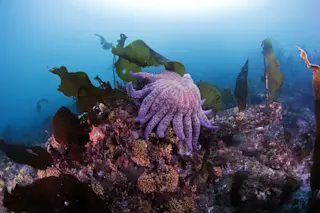After September 11, 2001, David Heydon was a dreamer in need of a dream, an entrepreneur in search of an enterprise. A native of Brisbane, Australia, he had transplanted himself to New York during the dot-com boom and had tried to flog a new kind of customer-relations software to airlines—an idea that did not survive the post-9/11 travel slump. Heydon slunk back to Brisbane. There he reconnected with Julian Malnic, an old friend from his student days at the University of New South Wales, and unexpectedly found himself on a whole new path.
Malnic was a mining journalist who had crossed to the other side: He was sitting on a claim to a patch of volcanic seafloor off the coast of Papua New Guinea. There was gold in those submarine volcanoes, Malnic said, and copper, too—but it was going to take a lot of capital to raise it to the ...















